Coton Park, Rugby, Warwickshire: A Middle Iron Age Settlement with Copper Alloy Casting
A total area of 3.1ha, taking in much of a settlement largely of the earlier Middle Iron Age (c.450 to c.150BC), was excavated in 1998 in advance of development. Two small pit groups, radiocarbon dated to the Middle Bronze Age, produced a bronze dagger and a small pottery assemblage. The Iron Age settlement comprised several groups of roundhouse ring ditches and associated small enclosures forming an open settlement set alongside a linear boundary ditch. Its origin lay in the 5th century BC with a single small roundhouse group. Through the 4th and 3rd centuries BC the settlement expanded with the original structures replaced by a principal roundhouse group accompanied by at least a further two groups of roundhouses and enclosures and minor outlying structures. A group of structures and enclosures set apart from the main domestic area was the focus for copper alloy casting, producing an assemblage of crucibles and fragments from investment moulds for the production of horse fittings, as well as bone, antler and horn working debris. The site also produced good assemblages of pottery and animal bone, an assemblage of saddle querns and a potin coin. The settlement had been abandoned by the middle of the 2nd century BC, although the main boundary ditch survived at least as an earthwork. By the early 1st century AD a series of ditched enclosures were created to the north of the boundary ditch, perhaps a small ladder settlement, which fell out of use soon after the Roman conquest. One enclosure contained two small roundhouses and other curvilinear gullies may have formed animal pens in the corners of two enclosures. This final phase is dated by some Late Iron Age pottery, an Iron Age and a Roman rotary quern, and a small quantity of Roman roof tile. The discussion considers the physical, social and economic structure of the settlement. The distribution of finds around the ring ditches is examined as well as the size of enclosed roundhouses. There is an overview of the Iron Age roundhouse in the Midlands, using well preserved sites as exemplars for the range of evidence that can survive. A typology and chronology for Iron Age pottery is provided, and the date of introduction of the rotary quern is discussed, and the consequent effect on the size of storage jars is examined. Middle Bronze Age pits and a small cremation cemetery, and Late Iron Age to early Roman settlement on the site of the nearby deserted medieval village of Coton are also described. With contributions by Trevor Anderson, Paul Blinkhorn, Pat Chapman, Steve Critchley, Karen Deighton, Tora Hylton, Dennis Jackson, Ivan Mack, Anthony Maull, Gerry McDonnell, Matthew Ponting and Jane Timby. Illustrations by Andy Chapman, Pat Walsh and Mark Roughley.
{{comment.content}}
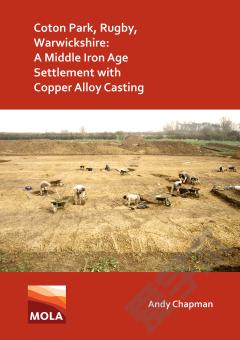
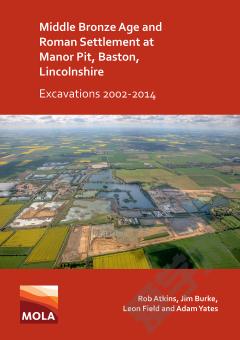
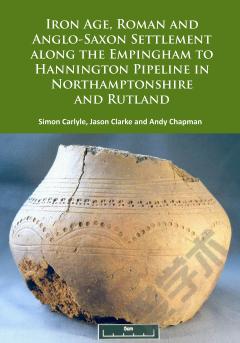
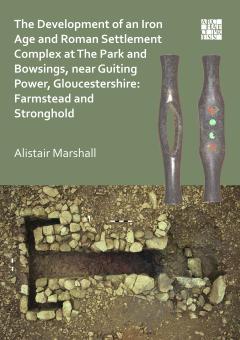
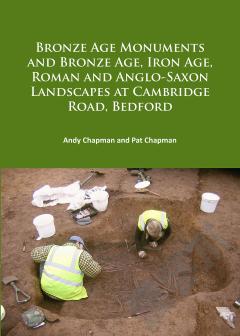

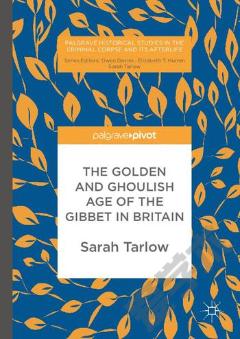

 京公网安备 11010802027623号
京公网安备 11010802027623号